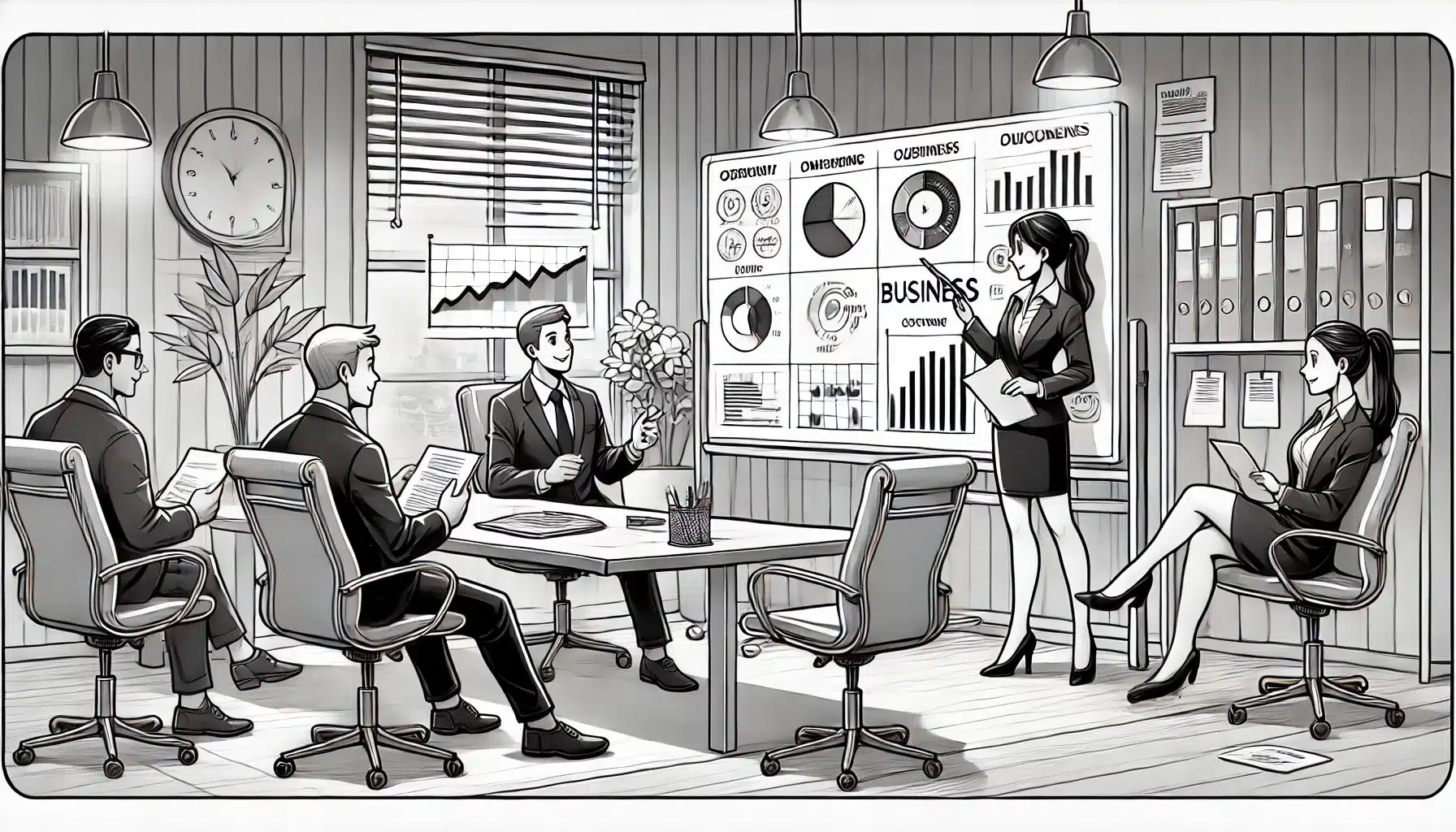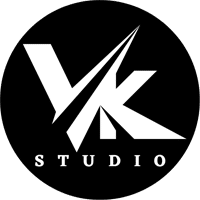Traditional Whiteboard Animation
This is the classic style where a hand is seen drawing images and writing text on a whiteboard. It’s straightforward, clean, and often used for educational content. This style is not that complex, and you can do it yourself with some tutorials and a few hours of study.
Animated Characters Whiteboard
This style integrates animated characters that move and interact within the whiteboard space. It’s particularly effective for storytelling or when personifying concepts. This style is more complex; you need to mix programs and use advanced programs like After Effects. To develop this kind of whiteboard, you need to know about storyboarding and animation, or hire an agency.
Colorful Whiteboard Animation
Breaking away from the traditional black and white sketches, this style incorporates vibrant colors. It’s eye-catching and can make certain elements pop, making it suitable for marketing or promotional videos. It’s like the simple whiteboard but a bit more complex because, with this style, we create all the sketches from scratch. For this style, you could use programs like VideoScribe, but you need a great sketch artist.
3D Whiteboard Animation
Leveraging 3D graphics, this style adds depth and dimension to the whiteboard space. It’s immersive and can be used for product demonstrations, architectural designs, or any service that you want to promote. It’s very engaging, and the secret is that it’s not a real 3D video; it’s a 2.5D whiteboard, but the effects make it feel like a 3D video.

Interactive Whiteboard Animation
This is a more advanced style where viewers can interact with the animation, making choices that dictate the flow of the video. It’s great for e-learning modules or interactive presentations.
Factors Determining the Best Whiteboard Animation Style
- Audience Engagement: Different audiences resonate with different styles. For instance, younger viewers might prefer colorful or 3D animations, while a corporate audience might lean towards traditional or interactive styles.
- Purpose of the Animation: An educational tutorial might benefit from a traditional style, while a product launch could be enhanced with 3D graphics.
- Duration of the Video: Shorter videos, like ads, might benefit from more dynamic styles like colorful or 3D animations to quickly grab attention.
- Budgetary Constraints: Traditional whiteboard animations might be more cost-effective than their 3D or interactive counterparts.
Conclusion: Tailoring to Your Needs
There isn’t a one-size-fits-all answer when it comes to the best kind of whiteboard animation. The “best” is subjective and varies based on the intended message, target audience, and available resources. By understanding the unique strengths of each style and aligning them with your objectives, you can harness the power of whiteboard animations to effectively communicate and captivate your audience.




